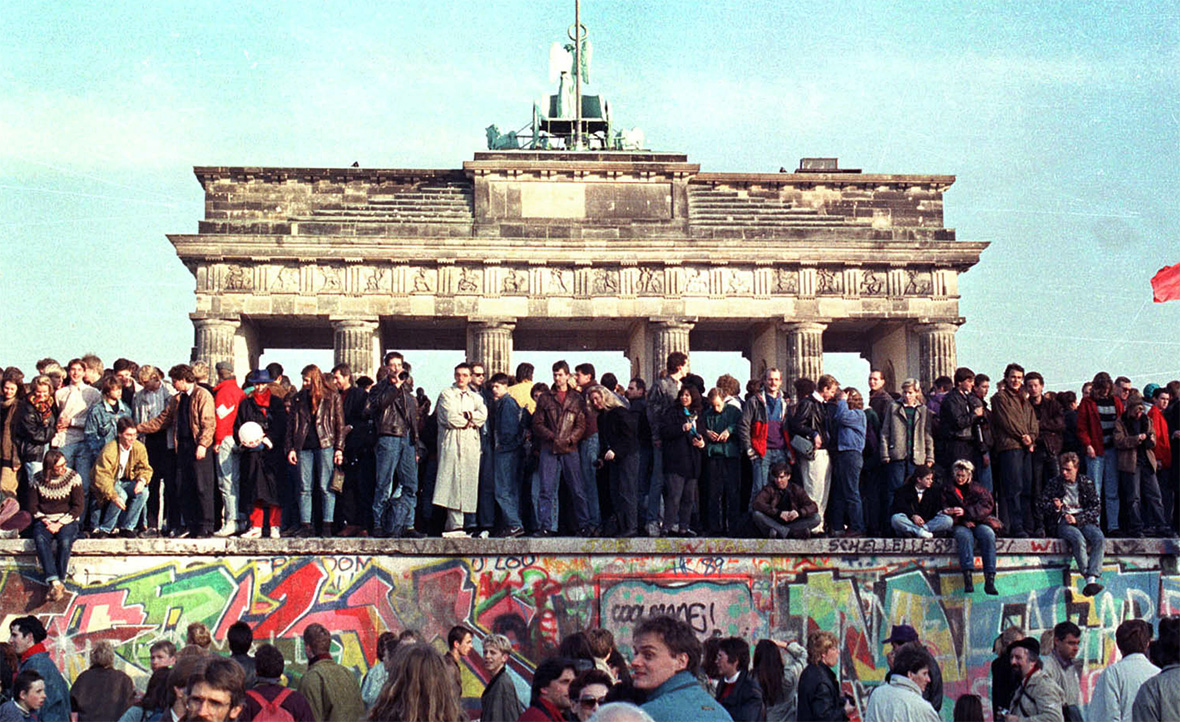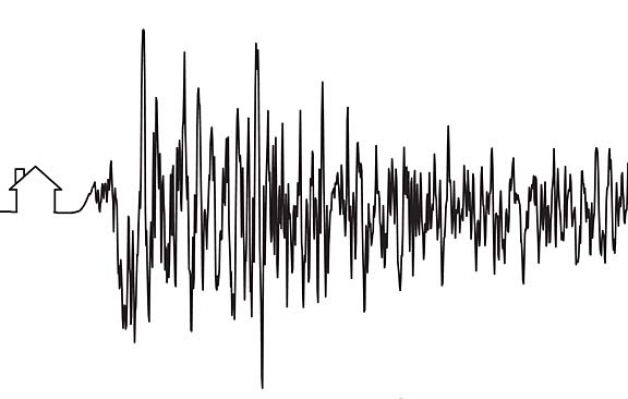British photographer Marcus Lyon creates apocalyptic images of what cities might look like if left to grow out of control.
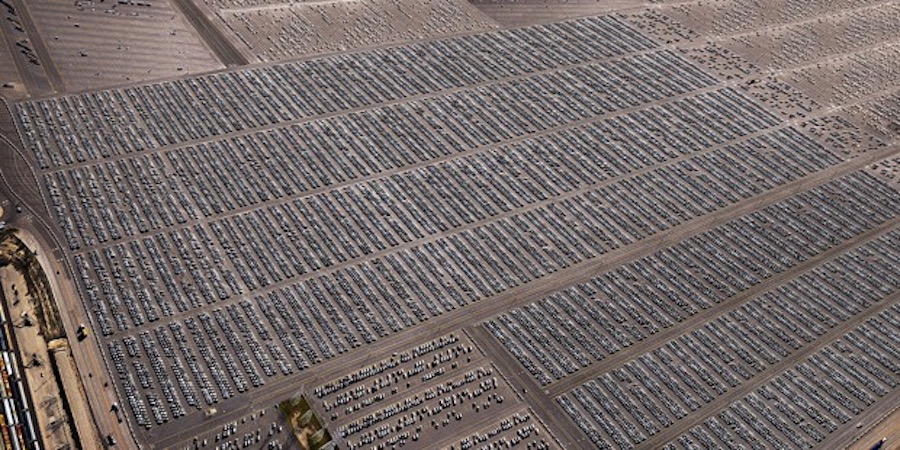
Not even Governor Rick Perry’s boldest dreams of a NAFTA superhighway funneling up through Texas like a wildcatter’s front zipper can compete with Dubai’s Sheikh Zayed Road. Twelve lanes wide, lined by soaring skyscrapers on either side, and more than 300 miles along, the highway frames the greatest concentration of opulence in the world. It may be the single best monument to the 20th century that late capitalism has to offer.
If you ask Marcus Lyon, though, the Sheikh Zayed Road doesn’t go far enough. What’s 12 lanes when you could put together 12 highways? It’s the difference between a trickle and a flood.
Lyon’s photographs are that severe. His works imagine end-state capitalism, just before the whole thing shuffles over the brink. Using digital technology, the artist pushes various developments out to their logical conclusion, as if to warn people about what we are building—and demonstrate that it’s already too late to stop.
From our partners:
Migration is one of the artist’s foremost concerns. Lyon depicts planes:

Trains:
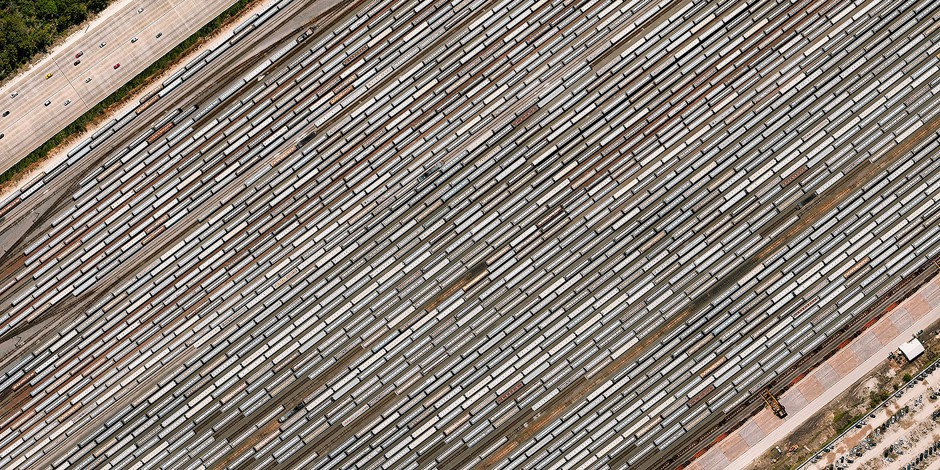
And automobiles:

Lyon’s photos combine the macro compositions of Andreas Gursky with the digital technique of Jörg Sasse and the subject-matter expertise of a Brookings Institution panel. He’s done an entire series on BRICs, the emerging economies of Brazil, Russia, India, and China. Lyon does not picture BRIC cities how they are today, but rather—through aerial photography and digital retouching—what they could become in 10 or 20 years.
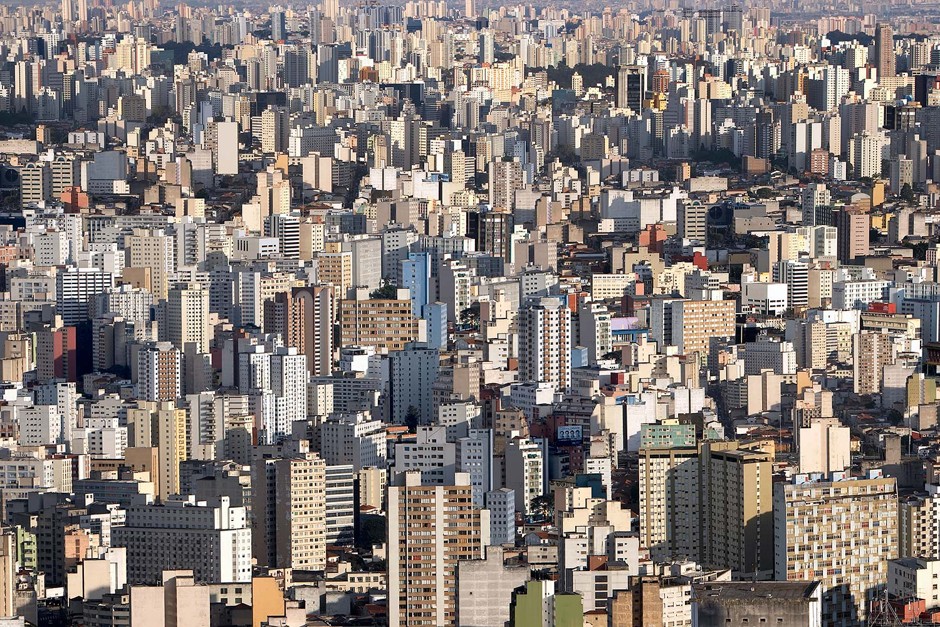
There is a dark optimism to Lyon’s work. It’s optimistic in the sense that he can imagine Dubai eventually building a 12-highway mega-freeway, without inflation, resource wars, or labor struggles returning the oasis back to the sand before that happens. His work is dark in the sense that Lyon can’t imagine Dubai ever diverting from its current course.
Lyon’s latest series, “Timeout,” is on view at London’s Somerset House and will run through the duration of Photo London in May. The “Timeout” photos depict the decadence of the West, with an emphasis on “mass behaviors in a world where the search for safety and shelter has taken on a secondary role.”
There’s the central tension in Lyon’s work: Who will take the lead on saving the world? The Western cities and nations who brought the planet to the edge, or the Eastern cities and nations who are rapidly moving in that direction?
UPDATE: It’s worth thinking through what’s chilling about these pictures. As The Economist’s Ryan Avent observes, the notion of Brazilian or Chinese cities growing richer and denser shouldn’t frighten anybody. And no, they don’t scare me: I don’t believe that the future of responsible global environmental stewardship depends on restricting the growth of BRIC cities.
However, the transit schemes that Lyon depicts as the future do make me sweat. That highway of highways in Dubai is terrifying because it’s so plausible. Unchecked sprawl in growing BRIC cities, or even in the U.S., would mean that the 21st century is failing to heed the warnings of the 20th century. In that sense, Lyon’s vision of hyper-dense growth in Brazil (as seen in BRIC II, Centro, São Paulo) is encouraging, even warm. Growth on that scale suggests density complemented by mass transit, and at least invites the possibility of more efficient construction and energy use. Lyon, as the artist, is putting his thumb on the scale to suggest that we see these future depictions as dire warnings; as viewers, we aren’t required to read every image as a threat.
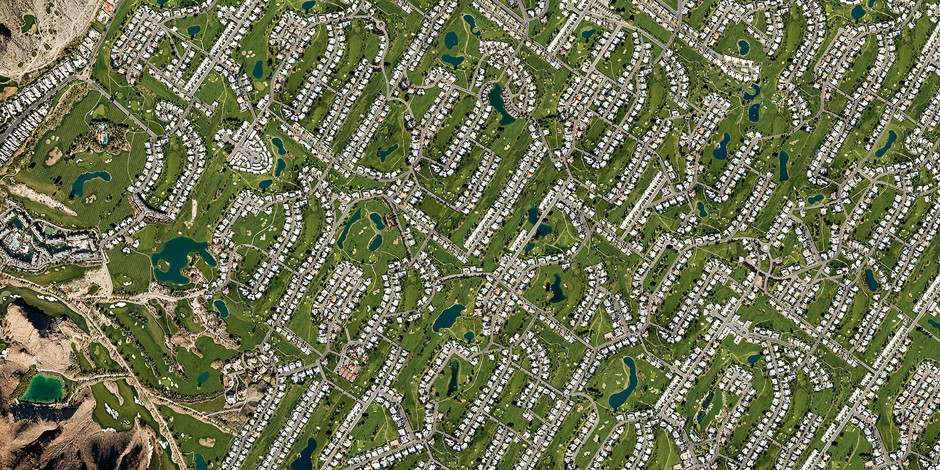
This feature originally appeared in CityLab.













